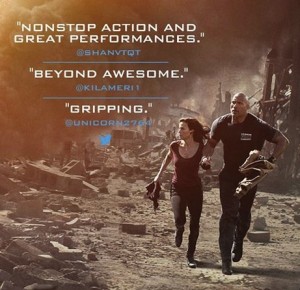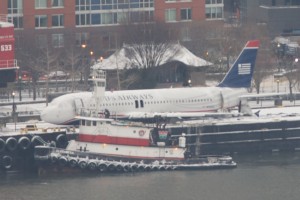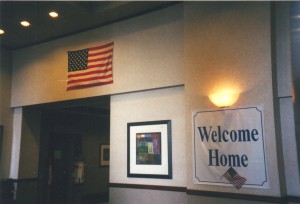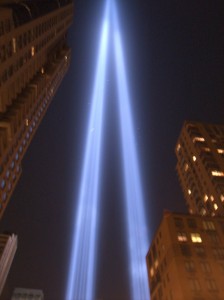It’s the week-end and time for a (not-so-relaxing) movie. San Andreas is expected to be a summer blockbuster and who can resist a movie about a severe earthquake with such an impressive cast and special effects? I loved the actor Paul Giamatti when he played Ben Bernanke in “Too Big To Fail” and loved him even more in the role of the seismologist in this movie. His advice to “Drop, Cover, Hold On” will probably reach more viewers, and maybe save lives, than all of the disaster preparedness public service announcements broadcast to date. In recent meetings with insurance company clients, this movie became a topic of discussion when one person remarked that fewer than 10 per cent of Californians have earthquake insurance, a figure that is unlikely to change despite the movie’s likely success at the box office.
But we all agreed that the movie both entertained us while raising awareness about the key hazards associated with earthquakes, such as the fires. The 1906 San Francisco earthquake caused gas pipes to break, thereby starting widespread fires. The movie plot captures the follow-on fire risk, helpful for those of us who didn’t learn about the San Francisco earthquake in our grammar school history classes. The movie also shows the fear resulting from the series of aftershocks that follow the earthquake. Earthquake survivors are often stressed out for never knowing how severe the next aftershock will be or when the aftershocks will end. The movie also shows how the earthquake at the San Andreas fault triggers seismic events as far away as Nevada. The special effects and the actors were fantastic.
Perhaps we could persuade the producers to make a sequel? “San Andreas Part 2” could star Dwayne Johnson as he tries to rebuild his life and his local community, following the earthquake. The recovery process goes on for years, leaving him emotionally drained. He finds that half of the small businesses he used to patronize have permanently closed as they could not resume operations following the disaster. And he raises awareness about the vulnerability of our small business economy to severe natural hazards. Actually, the sequel idea is not so far-fetched. In real life, the actor Dwayne Johnson is reported to support charities and causes aiding members of the armed forces. Military veterans are the most entrepreneurial group, as many start their own businesses after completing their service. With such star power, the sequel could raise awareness about the long-term economic consequences of earthquakes, maybe even drawing on the experiences of small businesses devastated by natural hazards.





